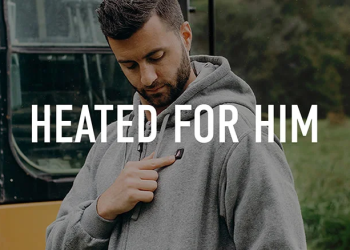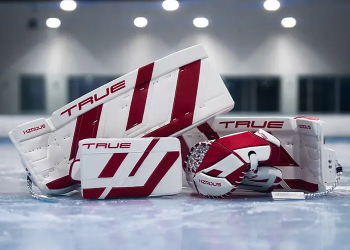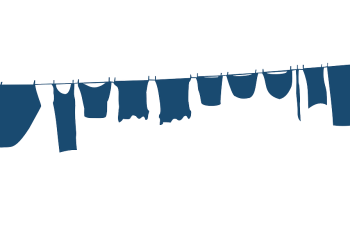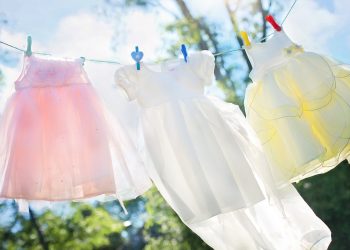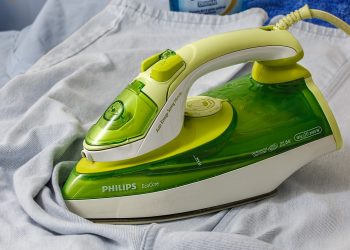Vintage fashion is more than just a nostalgic nod to the past—it’s a celebration of timeless style, sustainable practices, and individuality. As we witness a renewed interest in fashion from bygone eras, vintage clothing and accessories are making a powerful comeback, captivating both designers and consumers alike. This revival goes beyond trends, offering a deeper connection to craftsmanship, history, and personal expression.
The Timeless Allure of Vintage
The appeal of vintage fashion lies in its uniqueness. Unlike mass-produced clothing, vintage pieces carry stories and character that resonate with wearers seeking individuality. Iconic silhouettes, intricate detailing, and rich fabrics transport us to eras where craftsmanship and quality took precedence. From the glamorous gowns of the 1920s to the bold prints of the 1970s, vintage styles evoke a sense of elegance and authenticity.
Why Vintage is Gaining Momentum
Several factors contribute to the resurgence of vintage fashion in contemporary wardrobes:
- Sustainability: With growing awareness of the environmental impact of fast fashion, consumers are turning to vintage as a more eco-friendly option. Reusing and repurposing clothing reduces waste and promotes a circular economy.
- Authenticity: In a world dominated by cookie-cutter trends, vintage pieces allow individuals to stand out and express their unique style.
- Cultural Nostalgia: The revival of specific eras, such as the 90s grunge movement or 80s power dressing, taps into collective memories and cultural moments, making vintage both relevant and relatable.
Iconic Eras Making a Comeback
Each fashion era has its own distinct charm, and many of these periods are experiencing a resurgence in modern style. Here’s a closer look:
- The Roaring Twenties: Flapper dresses, beaded embellishments, and art deco-inspired accessories bring the glitz and glamour of the 1920s back to life.
- The 1950s: Cinched waists, full skirts, and feminine silhouettes evoke a sense of timeless elegance.
- The 1970s: Bohemian vibes with flowing maxi dresses, suede jackets, and bold patterns are dominating modern fashion.
- The 1990s: Minimalist aesthetics, slip dresses, and grunge-inspired pieces are particularly popular among younger generations.
How Designers are Embracing Vintage
Contemporary designers are drawing heavily from vintage aesthetics, reimagining them for the modern era. High fashion houses and independent labels alike are:
- Reviving Classic Cuts: Incorporating iconic designs such as A-line skirts, wide-legged trousers, and tailored blazers into their collections.
- Blending Eras: Merging elements from different decades to create fresh and innovative looks.
- Upcycling Materials: Using vintage fabrics or reworking old garments into new creations, furthering the commitment to sustainability.
Styling Vintage in Modern Wardrobes
Integrating vintage pieces into a contemporary wardrobe requires a thoughtful approach. Here are some tips to make vintage work seamlessly:
- Mix and Match: Pair vintage items with modern basics for a balanced look. For example, a vintage blouse can be styled with high-waisted jeans or a leather jacket.
- Accessorize Wisely: Incorporate vintage accessories like scarves, brooches, or handbags to add a retro touch to any outfit.
- Tailoring is Key: Proper tailoring can modernize vintage pieces while preserving their original charm.
The Role of Thrift Stores and Online Platforms
Thrifting and online marketplaces have played a significant role in making vintage fashion accessible to a broader audience. Popular platforms like Etsy, Depop, and Poshmark allow shoppers to explore curated collections from different eras, often at affordable prices. Additionally, physical thrift stores and vintage boutiques offer a hands-on experience, where customers can uncover hidden gems and appreciate the quality of older garments firsthand.
Vintage as a Statement of Sustainability
Choosing vintage is not just a style statement—it’s an ethical decision. The fashion industry is one of the largest contributors to pollution and waste, and embracing vintage helps combat these issues by extending the lifecycle of clothing. Key benefits include:
- Reduced Waste: Purchasing pre-owned garments prevents them from ending up in landfills.
- Lower Carbon Footprint: Vintage shopping requires fewer resources compared to producing new clothing.
- Promoting Conscious Consumption: Encourages consumers to buy less but invest in high-quality, long-lasting pieces.
Vintage Fashion Icons
Many celebrities and influencers have championed the vintage revival, inspiring fans to embrace retro styles. Notable figures include:
- Zendaya: Frequently spotted in archival designs that highlight her impeccable taste.
- Harry Styles: Known for blending vintage pieces with contemporary looks, creating a gender-fluid and eclectic style.
- Chloë Sevigny: A long-time advocate for vintage fashion, celebrated for her bold and quirky choices.
Investing in Vintage
Vintage clothing isn’t just about fashion—it’s also an investment. Certain pieces, such as designer handbags, couture gowns, and limited-edition items, appreciate in value over time. To make the most of your investment:
- Research Provenance: Understand the history and authenticity of a piece before purchasing.
- Care and Maintenance: Proper cleaning and storage are essential to preserving the quality of vintage garments.
- Seek Expertise: Consult specialists or trusted retailers to ensure you’re buying genuine items.
The Future of Vintage Fashion
As the fashion industry continues to evolve, vintage is likely to remain a key player. Advances in technology and sustainability practices will further enhance the appeal of vintage clothing, while changing consumer values will prioritize quality and individuality over fleeting trends. This enduring relevance makes vintage more than just a temporary comeback—it’s a movement that’s here to stay.



